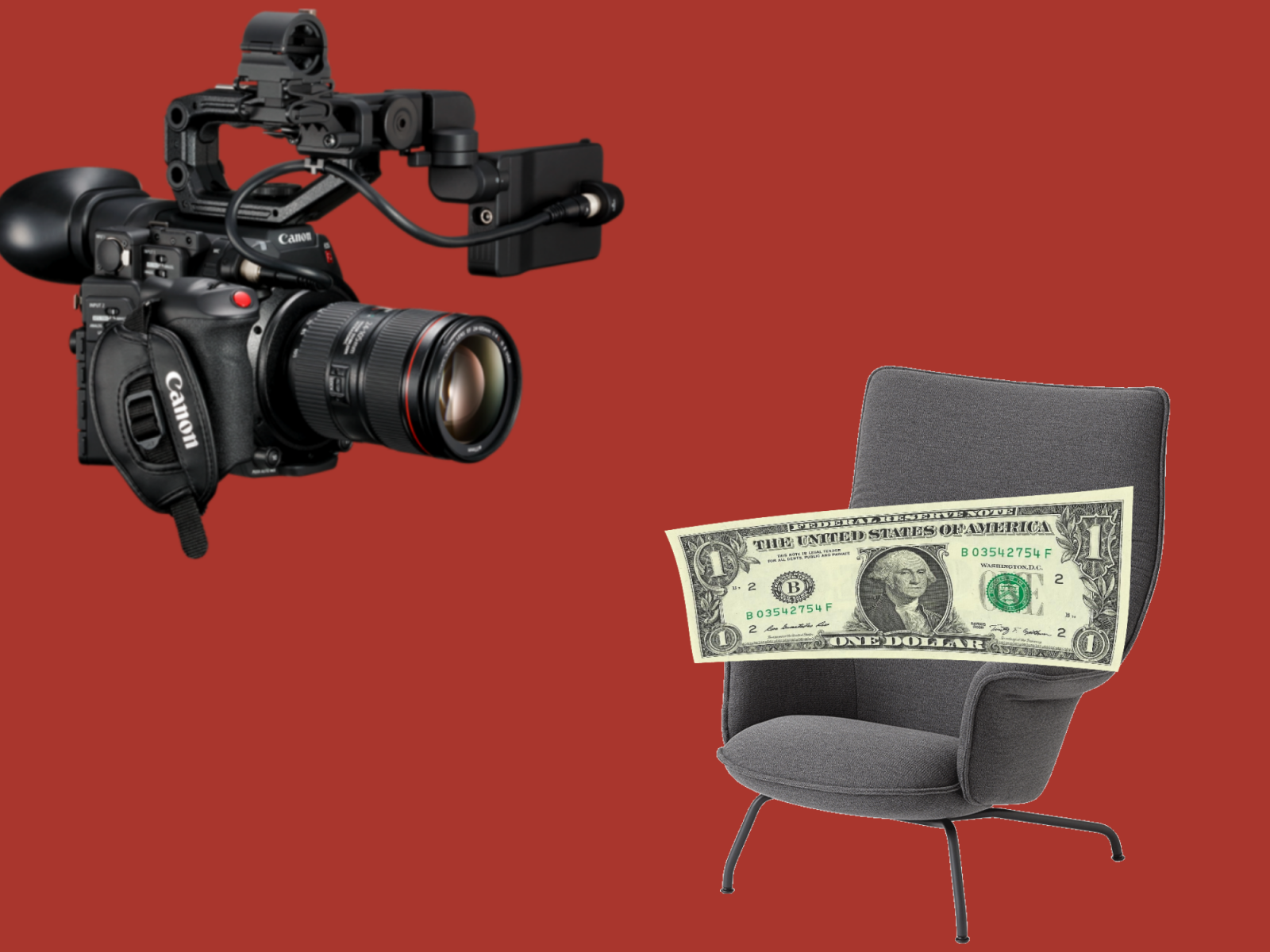Reality television is changing. The Kardashians no longer hold the top spot in the genre’s popularity as we are starting to see a more significant emphasis on cultural representation. Just last month, Netflix premiered season three of the hit reality TV show, “Bling Empire.”
Seeing huge success after its premiere in 2021, the show follows the extravagant lives of a group of Asian friends living in Los Angeles. The group’s lives are almost too insane to believe. Stressed out? Book a spontaneous Mexico weekend trip, flying there in your private jet. Interested in improving skin health? Consider purchasing a $15,000 piece of dried fish maw.
But apart from the dramatic friendship fallouts and flashy parties, “Bling Empire” does signify an essential step toward Asian representation in the entertainment industry. The diversity element extends to the cast as they come from different countries, including China, Korea, Singapore, Japan and Vietnam.
“Bling Empire” also illustrates what it means to be Asian in America, even though it only centers on a wealthy demographic.
The show illustrates how the cast finds their culture in America through traditional Asian celebrations or casual visits to an Asian food market. The whole cast seeks to balance their Western and Eastern values.
The show also depicts the existing conflicts in the Asian American community.

Kevin, for instance, is a Korean American who, growing up in Pennsylvania, struggles to learn more about his ethnic background and seeks to find his birth parents. Or Christine, who attempts to come to terms with not being able to have more children.
However, although highly entertaining, the show does not accurately illustrate the Asian community in America. While tight to their cultural background, the cast members are all from the same socioeconomic background — they are all rich.
The show does perpetuate unrealistic expectations of what it means to be Asian American, at times appearing tone-deaf by avoiding any reference to racism or economic hardship — instead it only focuses on the ostentatious lifestyle of the rich.
A 2017 report agreed with this notion, concluding that Asians made up 4.3% of characters on television — a sad figure considering the popularity of the show and the influence it has.
Even though “Bling Empire” provides a general idea of the characters’ personalities, it heavily relies on their wealth as an identity marker, not their cultural heritage.
In season 1, for instance, Christine mentions feeling pressured by her in-laws to have an heir. Instead of focusing on the emotional burden on Christine or the cultural background behind the ideology, the show highlights Christine’s lavish display of wealth through her overpriced fashion choices and costly parties.
With how little Asian communities are represented in the media, it’s troubling to think that the shows that attempt to contribute to the community’s portrayal do so with an unrealistic lens that fails to embody the richness of its culture.
While “Bling Empire” is a step towards bigger Asian representation, the show still has a long way to go before accurately representing the culture, or any realistic ideas.

























































































































Belle • Nov 28, 2022 at 2:45 pm
I love this new column! Ariadna is my favorite writer. Keep it up!